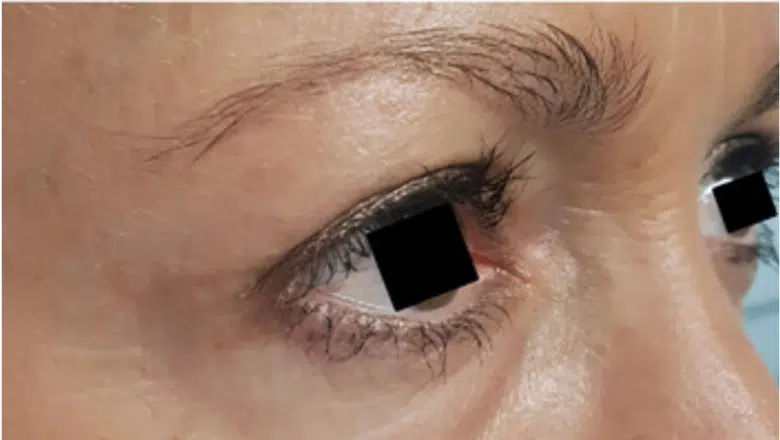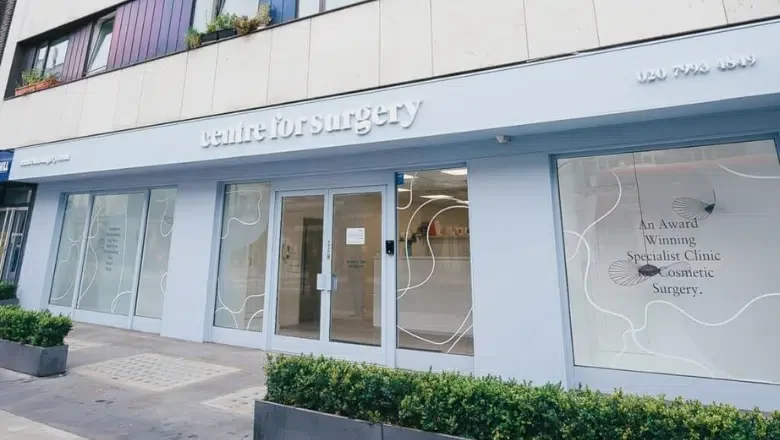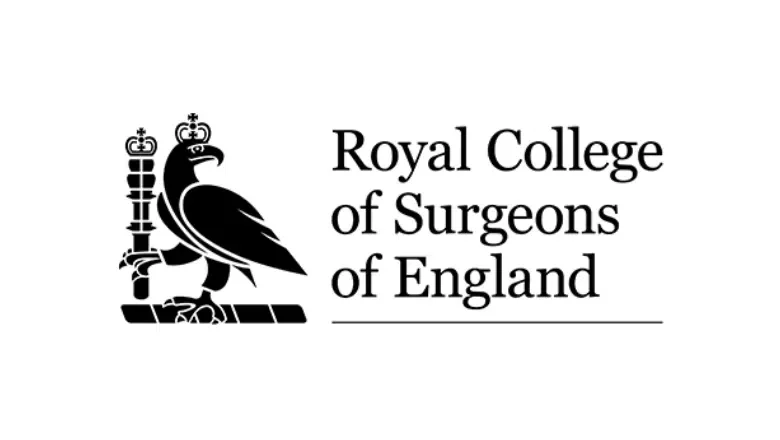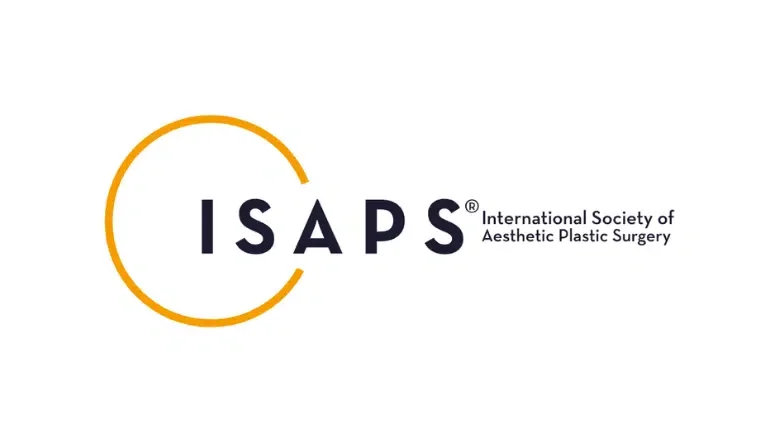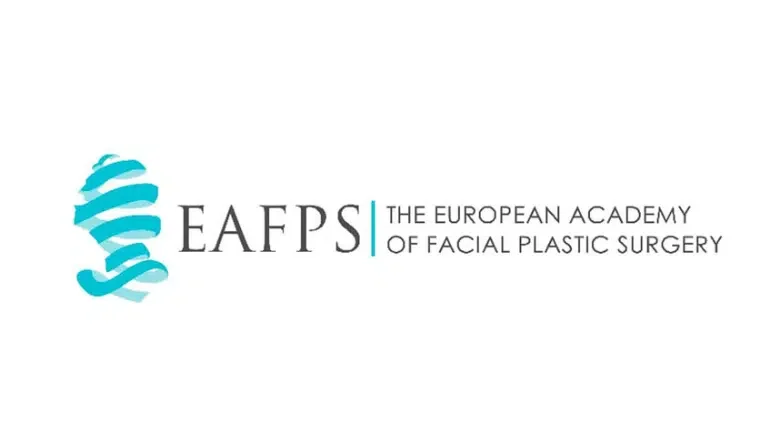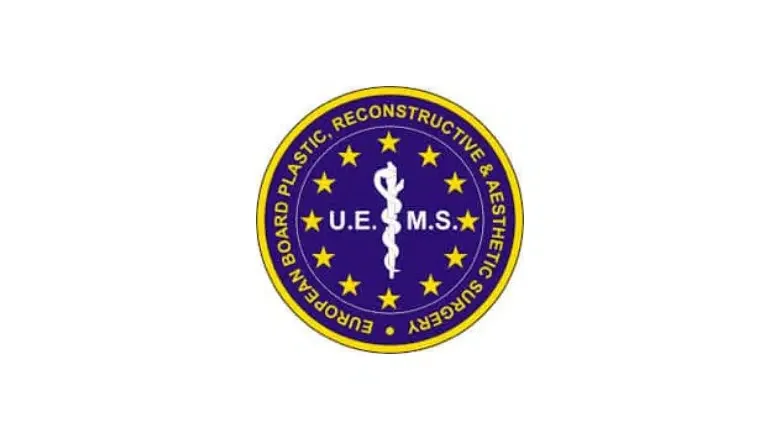Can Blepharoplasty Improve My Vision?
Blepharoplasty, commonly known as eyelid surgery, is often thought of as a purely cosmetic procedure. Many people associate it with younger-looking eyes and a refreshed appearance, which it certainly delivers. But what’s less commonly known is that in some cases, this surgery can also bring real functional benefits—particularly when it comes to vision. For individuals whose upper eyelids droop significantly, blepharoplasty can literally open up their field of vision, improving their quality of life in the process.
So, can eyelid surgery really help you see better? The answer depends on your unique anatomy, the severity of your symptoms, and whether your upper eyelids are interfering with your sight. Let’s explore how this works, what causes these changes in the first place, and who stands to benefit most from this type of surgery.
RELATED: Best Eyelid Surgeon in London
When Drooping Eyelids Become More Than Just a Cosmetic Concern
As we age, the skin around the eyes naturally loses elasticity. The muscles supporting the eyelids can also weaken. This combination often leads to sagging or drooping eyelids—a condition known medically as dermatochalasis. In some cases, the excess skin folds down so much that it begins to cover the upper lash line, partially blocking vision.
This visual obstruction tends to develop gradually, so many people don’t notice the extent of the problem until it’s already significantly affecting their daily life. Tasks like reading, driving, or looking up without tilting the head can become more difficult. Some patients unconsciously compensate by raising their eyebrows or tilting their heads back, which can lead to headaches, eye strain, and neck discomfort.
In these situations, blepharoplasty does more than enhance appearance. It restores normal function by removing the redundant skin, tightening the eyelid area, and improving the full visual field. This is especially important when the upper eyelid begins to droop low enough to interfere with peripheral vision.
RELATED: Traditional vs Non-Surgical Blepharoplasty
The Difference Between Cosmetic and Functional Blepharoplasty
It’s helpful to distinguish between a purely cosmetic blepharoplasty and one that serves a functional purpose. Cosmetic blepharoplasty is done to improve the appearance of tired, aged or puffy eyes. It focuses on contouring the skin, removing excess fat deposits, and achieving a more youthful eye area.
Functional blepharoplasty, however, is performed when the sagging skin or drooping eyelids physically interfere with vision. In these cases, the procedure is often classified as medically necessary rather than elective. Before surgery, a detailed eye examination—often including a visual field test—is carried out to assess the degree of obstruction.
The NHS rarely offers blepharoplasty except in very severe cases, but many private patients choose to undergo the procedure at a specialist clinic like Centre for Surgery when their quality of life is affected by impaired vision.
What the Procedure Involves
Upper eyelid blepharoplasty is usually carried out under local anaesthetic with sedation or under general anaesthesia, depending on the complexity of the case and the patient’s comfort. The surgeon makes precise incisions along the natural folds of the eyelid, which helps to hide any scarring. Excess skin and, in some cases, muscle or fat are removed. The remaining skin is then carefully tightened and sutured to create a more open and refreshed appearance.
RELATED: Upper Blepharoplasty
Because the incisions are placed within the natural crease of the upper eyelid, they are typically well concealed once healed. The procedure itself is relatively quick, often taking between 60 and 90 minutes. Most patients return home the same day.
Recovery time is usually straightforward. Mild swelling and bruising are common for the first week or two, and vision may feel slightly blurry in the initial days due to ointments or mild irritation. However, discomfort is generally minimal, and many patients are back to normal activities within ten to fourteen days.
The Impact on Vision: What Patients Report
Patients who have undergone blepharoplasty for functional reasons often describe a dramatic improvement in their field of vision. They notice that their upper visual range—previously obscured by overhanging eyelid skin—is now clear. Simple things like reading, watching television, or navigating stairs become easier.
They also report a decrease in the constant forehead tension that comes from unconsciously raising their eyebrows to see better. The surgery doesn’t just help the eyes—it relieves muscular tension in the forehead and neck, too. For some people, this leads to fewer headaches and an overall improvement in comfort and posture.
Of course, cosmetic benefits still come as part of the package. Even though the main goal is to restore function, patients are often thrilled to discover that they also look more alert, rested, and youthful. It’s not uncommon for people to comment that they “look less tired” or that their eyes appear more open.
Is Blepharoplasty Right for You?
If you suspect that drooping upper eyelids are affecting your ability to see clearly or perform everyday tasks, a consultation with a specialist surgeon is the best way to find out whether you could benefit from this surgery. During the consultation, the surgeon will examine your eyelids, assess how much excess skin is present, and discuss your symptoms in detail.
In many cases, a visual field test may be recommended. This test maps your peripheral vision and can clearly show how much of your upper field is being blocked by the eyelids. Functional blepharoplasty may be advised when the results confirm a significant obstruction and your symptoms are consistent.
It’s also worth noting that some patients suffer from a condition known as ptosis, where the eyelid itself—not just the skin—droops due to weakness in the muscle that lifts the lid. In those cases, a different surgical approach may be needed to strengthen or tighten the levator muscle. An experienced oculoplastic or facial surgeon will be able to determine the best plan based on your condition.
Risks and Considerations
Like all surgical procedures, blepharoplasty carries some risks. These may include infection, bleeding, temporary dry eyes, or scarring. Most side effects are mild and resolve with proper care. Serious complications are rare, especially when the procedure is performed by a skilled and experienced surgeon.
RELATED: Risks of Blepharoplasty Surgery – Eyelid Surgery Risks
Clear communication with your surgeon is essential. A thorough pre-operative assessment will help ensure your expectations are realistic and that the results align with your goals—whether cosmetic, functional, or both.
The Long-Term Results
The results of upper eyelid blepharoplasty are often long-lasting. While the natural ageing process continues, the benefits of the surgery—both in appearance and vision—typically last many years. Patients who take good care of their skin and maintain healthy habits often enjoy their results for a decade or more.
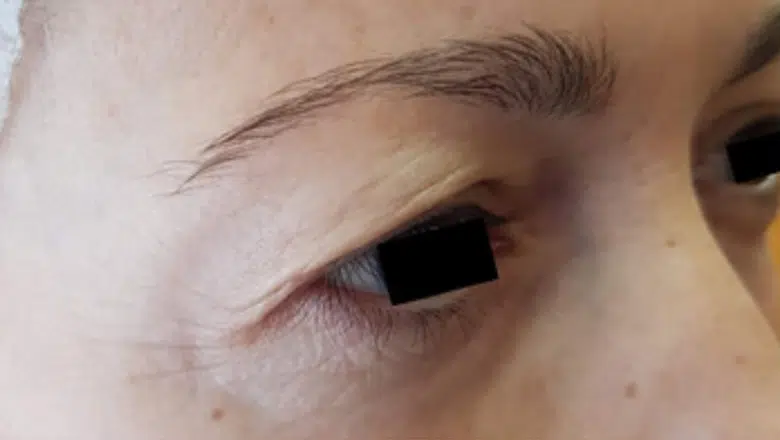
In some cases, further procedures may be considered in the future, particularly if changes in the surrounding facial tissues cause new issues. However, for many patients, a single operation is all that’s needed to restore clarity to their vision and vibrancy to their appearance.
RELATED: How Soon Can I Have Blepharoplasty After Laser Eye Surgery?
Why Choose Centre for Surgery for Blepharoplasty
At Centre for Surgery in London, we understand that eyelid surgery is about more than just looks. We take the time to assess both the functional and aesthetic concerns of every patient. Our facial surgeons are highly experienced in performing blepharoplasty and take great care to preserve the natural shape of the eye while delivering transformative results.
We don’t believe in a one-size-fits-all approach. Each procedure is tailored to the individual, taking into account your facial structure, medical history, and personal goals. Whether you’re looking to improve your vision or simply want a more refreshed appearance, we’re here to guide you through the process with honesty, care, and expertise.
Our Baker Street Hospital: Personalised Care in the Heart of London
Our state-of-the-art facility at 95–97 Baker Street is designed with patient comfort and safety in mind. Unlike large hospital environments, our boutique surgical centre offers a quiet, private space where you receive one-to-one attention from our team. From your initial consultation to your final follow-up, we provide seamless care in a modern and welcoming setting.
Equipped with the latest surgical technology and staffed by a dedicated team of surgeons, anaesthetists, and nurses, our hospital is fully regulated by the Care Quality Commission (CQC), ensuring the highest standards of clinical safety. We pride ourselves on maintaining a calm and supportive environment where patients feel looked after at every stage.
See the World More Clearly—With Expert Help
If sagging eyelids are interfering with your vision, it’s not just an aesthetic issue—it’s a functional one. You don’t have to live with restricted sight or daily discomfort. Blepharoplasty may be the key to a clearer view, a brighter expression, and a better quality of life.
If you’re wondering whether eyelid surgery could help improve your vision, get in touch with us today to arrange a consultation with one of our expert facial surgeons. At Centre for Surgery, we’re committed to helping you look and feel your best—with results you can see.



